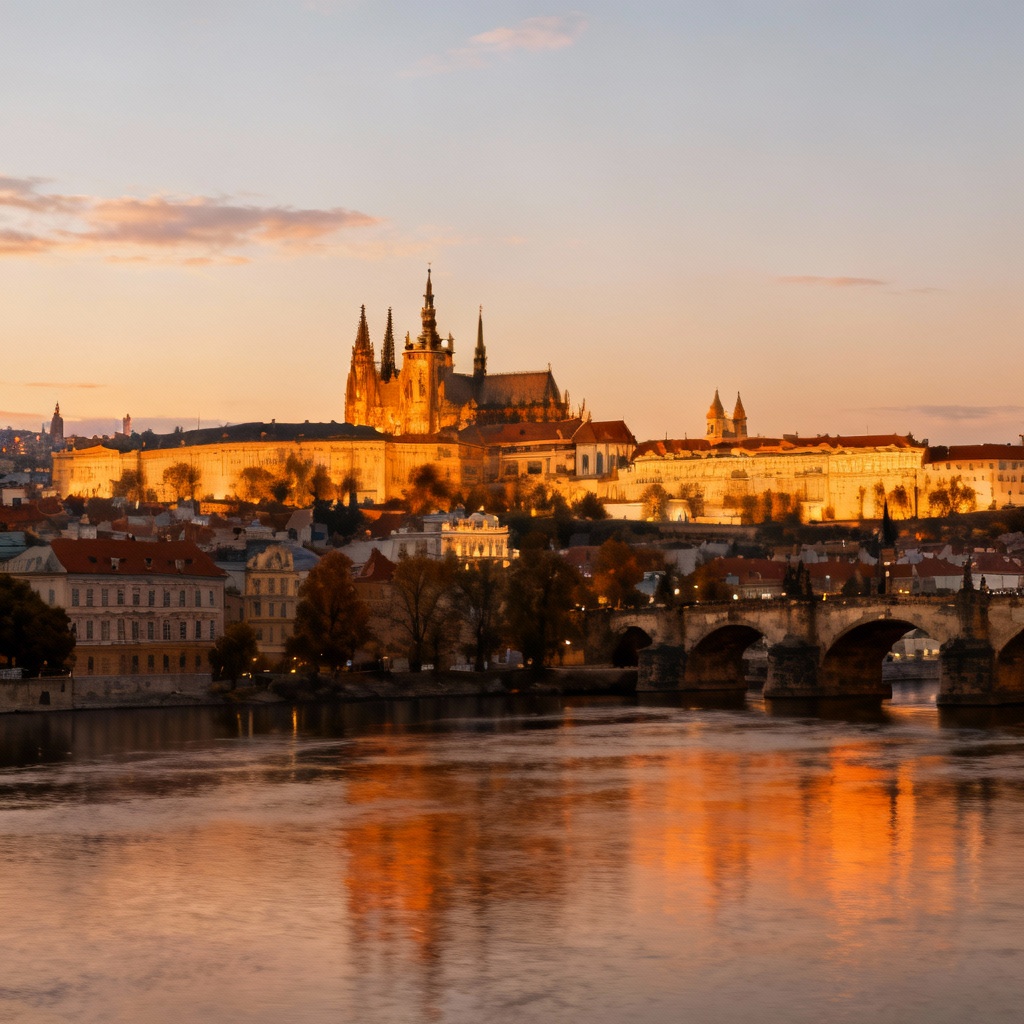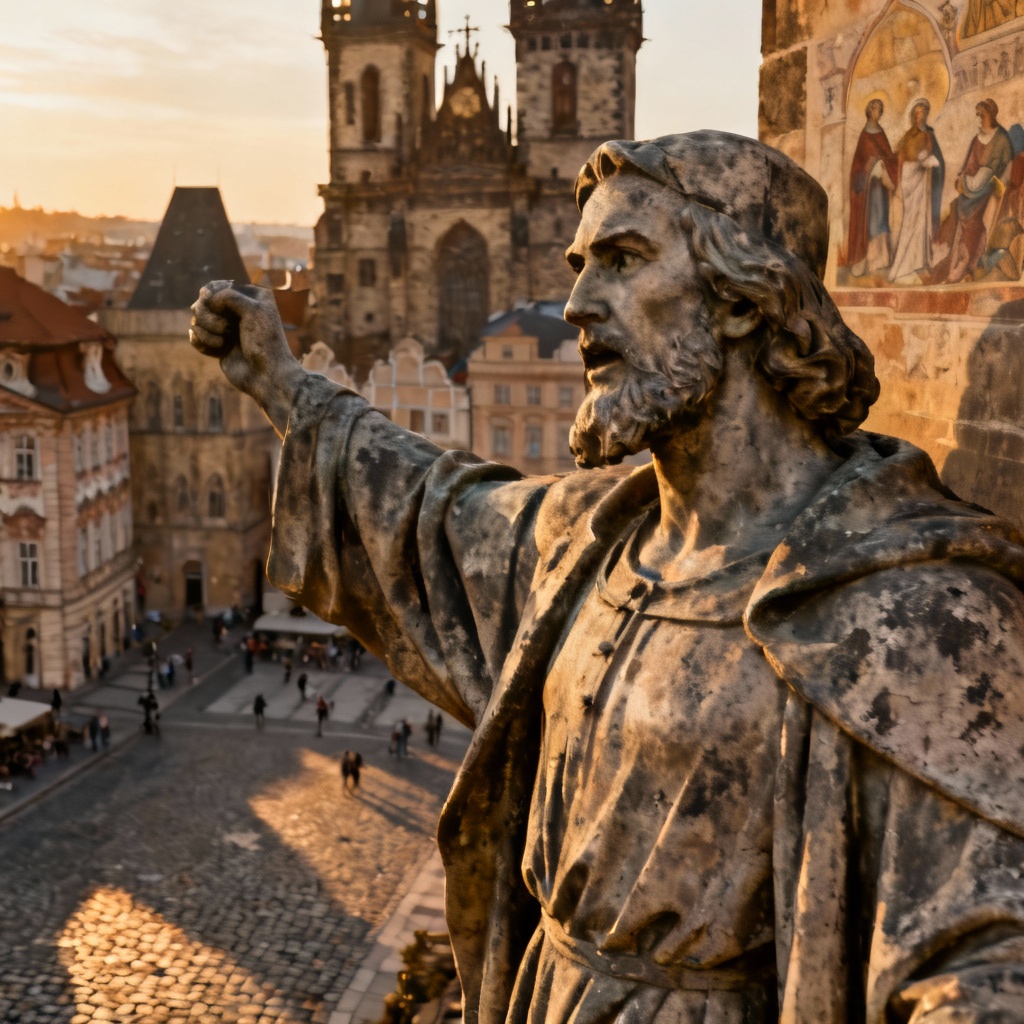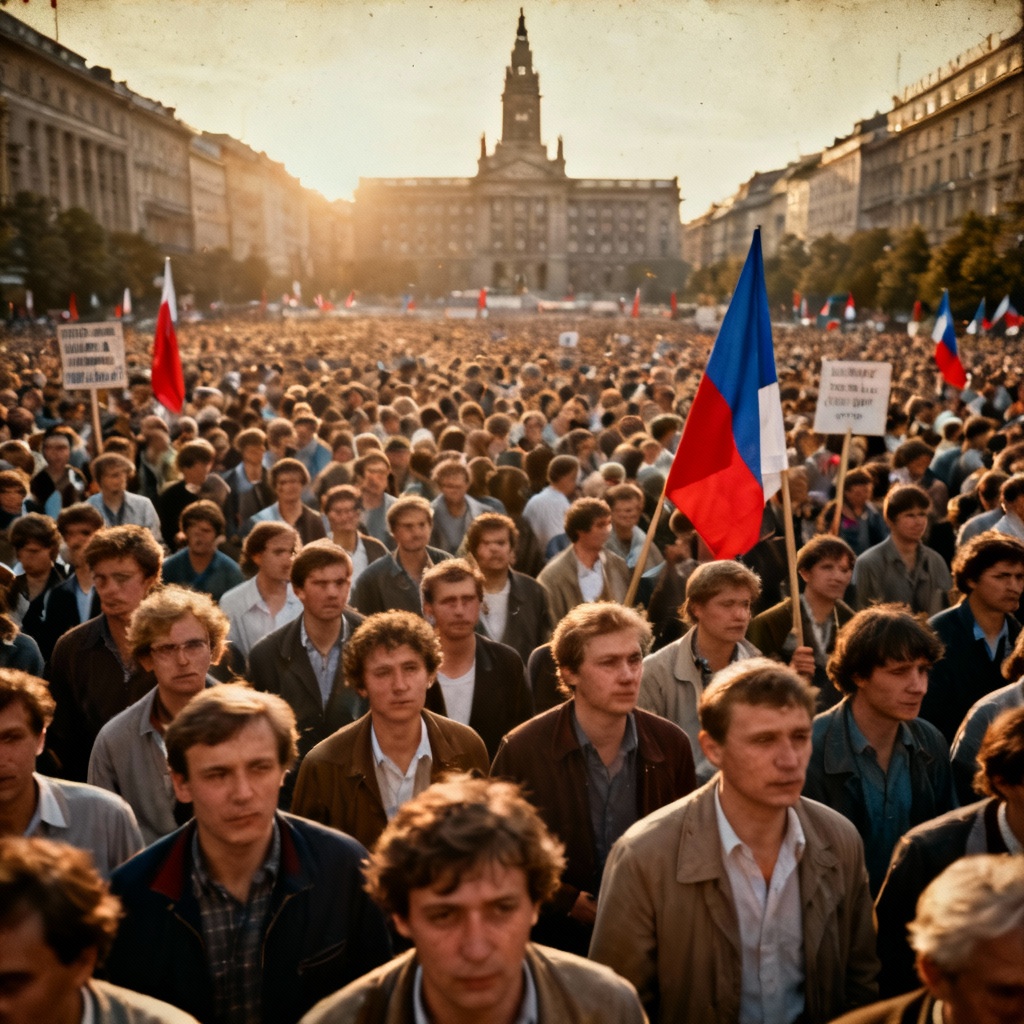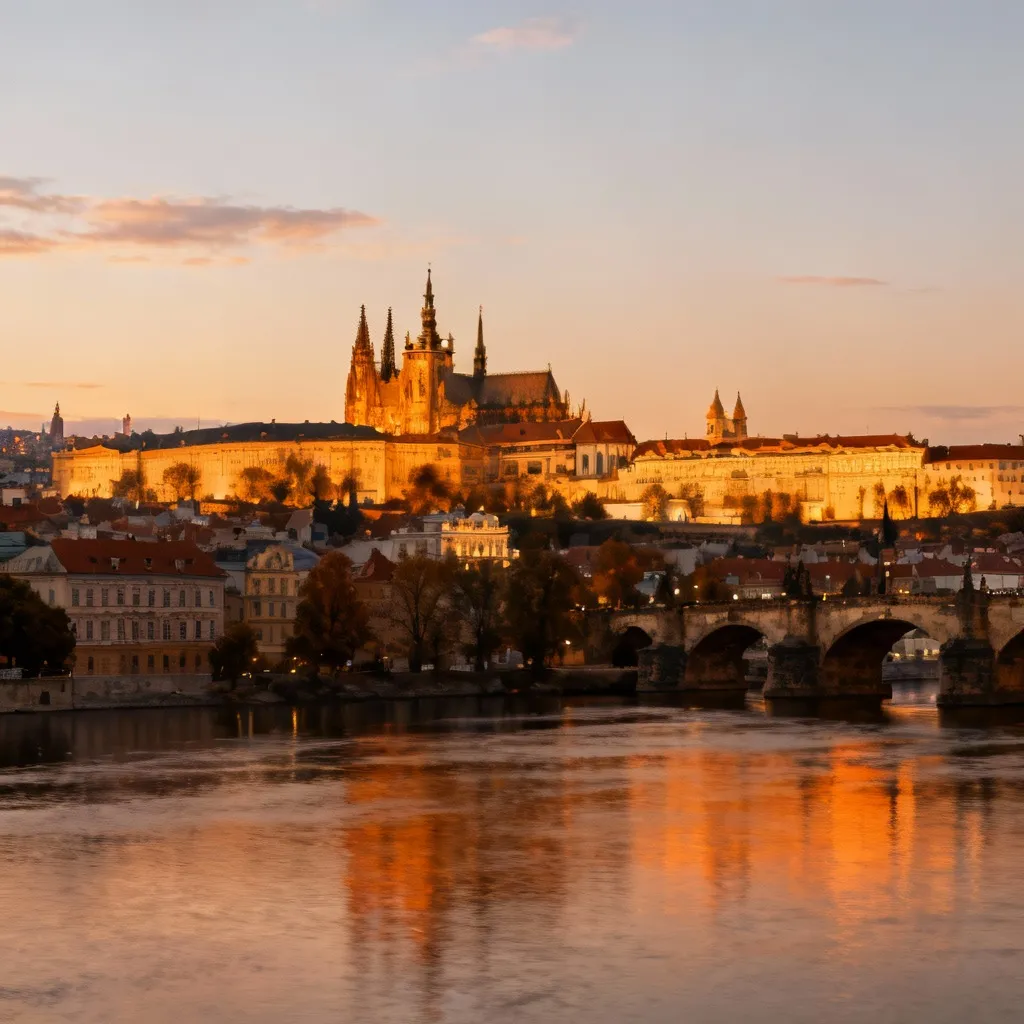The Story of a Nation: A Short History of the Czech Republic from Bohemia to Modernity
The modern map shows a landlocked country at the heart of Central Europe, but the History of Czech Republic is far longer and more turbulent than its contemporary borders suggest. This fascinating narrative is anchored in the ancient territories of Bohemia Moravia history and Silesia, regions that have served as a critical cultural and political crossroads for millennia. The lands were long coveted, changing hands between powerful empires and dynasties. This article traces the continuous yet often interrupted journey of the Czech people, illuminating their transition from a collection of historic provinces within the Holy Roman and Habsburg Empires to the democratic state we know today.
Introduction: Mapping the Lands of Bohemia and Moravia
The narrative of this resilient nation begins with its geography: the basin of Bohemia surrounded by mountains and the plains of Moravia to the east, acting as a gateway between Western and Eastern Europe. These lands became the crucible of Czech identity. To fully understand the modern nation, one must explore the intricate tapestry of Bohemia Moravia history.
The country’s trajectory is a remarkable case study of a culture maintaining its unique language and self-identity despite centuries of foreign rule. It is a transition defined by reform movements, powerful kingdoms, crushing defeats, and eventual democratic self-determination, culminating in the History of Czech Republic's status as a stable, sovereign state.
The Foundations: Medieval Kingdoms and the Bohemian Crown
The earliest foundations of the Czech state emerged in the 9th century with the arrival of Slavic tribes in the region. Around 830, a powerful realm known as the Great Moravian Empire took shape along the Morava River. This empire proved strategically vital as the missionaries Cyril and Methodius introduced a Slavonic liturgy, a key cultural step despite the later adoption of the Roman Catholic rite.
The Přemyslid Dynasty and the Establishment of the Kingdom of Bohemia
After the Great Moravian Empire was shattered by Magyar incursions around 907, the focus of Czech statehood shifted westward to the duchy of Bohemia, centered around Prague. This era was defined by the long-reigning Přemyslid Dynasty, which took control from the 9th century until 1306. During their rule, the Czech lands slowly transitioned from a duchy to the powerful Kingdom of Bohemia. The Bohemian Crown was formalized as hereditary with the Golden Sicilian Bull in 1212, elevating Prague's status within the Holy Roman Empire.

The Golden Age of Charles IV and the Hussite Wars (15th Century)
The medieval peak of Czech power is universally attributed to Charles IV, a king from the House of Luxembourg who also became Holy Roman Emperor in 1355. Under his rule from 1346 to 1378, Prague became the imperial capital, undergoing a "Golden Age" of architecture, prosperity, and cultural flourishing. His visionary projects include the founding of Charles University in 1348, the construction of Charles Bridge, and the initiation of St. Vitus Cathedral.
This high-point was followed by religious turmoil, centered on the theologian Jan Hus, whose calls for church reform mirrored earlier English movements. His execution as a heretic in 1415 triggered the decade-and-a-half-long Hussite Wars (1419–1434). The Hussites became a military powerhouse, successfully repelling five crusades and temporarily establishing a uniquely Czech proto-Protestant tradition, further marking a distinctive trajectory in Central European Bohemia Moravia history.
Centuries of Influence: The Habsburg Monarchy and National Revival
In 1526, the Bohemian estates elected the House of Habsburg to the throne, linking the destiny of the Czech lands with the expanding, multi-national Habsburg Monarchy for nearly four centuries. This period marked a gradual loss of Bohemian political autonomy.
The Battle of White Mountain (1620) and Loss of Independence
Tensions between the Protestant-leaning Czech nobility and the fervent Catholic Habsburg emperors escalated into outright revolt in 1618—the precipitating event for the brutal Thirty Years’ War. The crushing defeat of the Bohemian forces by the combined Imperial and Catholic League armies at the Battle of White Mountain near Prague on November 8, 1620, was catastrophic.
The battle's aftermath saw a severe purge of the Protestant aristocracy and a massive confiscation of property. The Habsburgs enforced aggressive re-Catholicization, drastically curtailed the power of the Bohemian Diet, and ushered in a "Dark Age" characterized by Germanization of the elites and the decline of the Czech language.

The 'Dark Age' and the Czech National Revival (18th-19th Centuries)
Despite concerted imperial efforts, Czech national and linguistic identity persisted among the common people. In the late 18th and 19th centuries, a movement known as the Czech National Revival emerged. Its key figures—academics, linguists, and writers—focused on resurrecting the Czech language, literature, and culture from oblivion. They codified the language and began compiling histories, effectively restoring the national consciousness.
Industrialization swept through the Czech lands in the late 19th century, transforming Bohemia and Moravia into the industrial heartland of the Austro-Hungarian Empire. This economic modernization fostered a strong middle class, providing the societal engine and organizational backbone for renewed political demands for greater autonomy and eventual full self-rule. Growing nationalist tensions, exacerbated by internal conflicts within the multi-ethnic empire, were slowly reaching a breaking point.
The 20th Century's Tumult: From Independent Republic to Communist Rule
World War I provided the ultimate catalyst for change, seeing the collapse of the defeated Habsburg Empire. Led by figures like Tomáš Garrigue Masaryk, Czech and Slovak leaders successfully championed the creation of an independent joint state.
The Birth of Czechoslovakia (1918) and the First Republic
On October 28, 1918, the First Czechoslovak Republic was declared. This new state stood out in Central Europe as a beacon of democracy, maintaining political stability, economic prosperity, and cultural dynamism in the interwar period. It was a vibrant, fully independent realization of the goals established centuries prior by the National Revival.
However, this fragile democracy was geographically vulnerable. In 1938, under the infamous Munich Agreement, Britain and France ceded the Republic’s defensible German-speaking border regions, the Sudetenland, to Nazi Germany. Excluded from the negotiations (a betrayal often remembered as "About Us, Without Us"), Czechoslovakia had to submit, and its powerful fortification system was handed over without a fight, effectively crippling the state. Nazi Germany completed its takeover in 1939, occupying the Czech Lands as the Protectorate of Bohemia and Moravia until the end of World War II.
The Communist Era (1948-1989), Soviet Control, and the Prague Spring
The brief post-war democracy was terminated in 1948 by a Communist coup supported by the Soviet Union. Czechoslovakia fell firmly into the Soviet orbit as a key member of the Eastern Bloc. The ensuing decades were marked by repression and economic stagnation, occasionally interrupted by flashes of defiance. One such moment was the Prague Spring of 1968, a bold attempt by reformist Communist leader Alexander Dubček to introduce "Socialism with a human face" through liberalization.
This burgeoning freedom was violently crushed in August 1968 by a Soviet-led invasion by Warsaw Pact troops. The subsequent period of "Normalization" was defined by neo-Stalinist rule and heavy suppression of dissent, which nonetheless inspired brave individuals and groups, notably the human rights movement Charter 77, to keep the flame of democracy alive.

Conclusion: The Velvet Revolution and the Modern Czech State
The final chapter in the struggle for self-determination began twenty-one years after the Prague Spring. In 1989, as the Soviet grip on Eastern Europe loosened, a series of non-violent street demonstrations and a general strike in November and December brought the Communist regime down swiftly and peacefully. This transition, known as the Velvet Revolution—led in part by former dissident playwright Václav Havel—saw him elected president by the end of December. It was a bloodless culmination of decades of yearning for genuine self-governance.
This political transformation soon led to another, distinct political change: the Czechoslovakia split. Following elections in 1992, key political leaders, including Václav Klaus and Vladimír Mečiar, could not agree on a functional federal structure due to rising national sentiments in Slovakia. This "Velvet Divorce" resulted in the peaceful dissolution of the joint state.
On January 1, 1993, the independent Czech Republic formation was officially completed, marking a clean and internationally acclaimed end to the unified Czech and Slovak federation. Since then, the modern History of Czech Republic has been defined by integration into Western institutions, securing its place in NATO in 1999 and the European Union in 2004. This peaceful end to the union stands as a unique example in modern European history.
Summary
The History of Czech Republic is a story of enduring statehood, stretching from the Great Moravian and Bohemian medieval empires to its present position. The legacy of key events like the Hussite Wars, the oppression after White Mountain, and the idealism of the First Republic shaped its national character. The peaceful nature of the Velvet Revolution and the subsequent Czechoslovakia split allowed the Czech Republic formation to usher in an era of stable democracy and full integration into the European community. It is a land where history is perpetually on display, inviting visitors to delve into a deep, resilient cultural past that continues to shape its dynamic European future.
